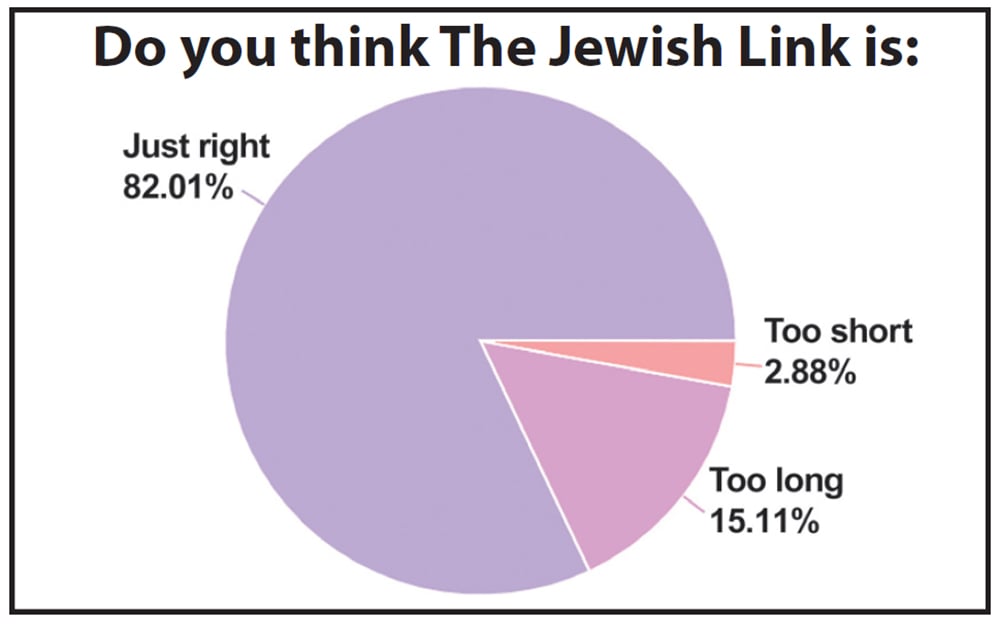Do you have any idea how hard it is for your rabbi to concentrate on his davening?
Kavana—the maintenance of clear focus during tefillah—is a universal challenge, but at least everyone else is pointed in the right direction. Rabbis, on the other hand, sit on the mizrach vant, the eastern wall, and spend most of davening looking out at the people.
As Rambam taught (Hilchot Tefillah 11:4): “How do the people sit in batei knesset? The elders sit facing the people with their back to the heichal (ark, aron hakodesh), while the people sit row after row with each row facing the back of the preceding row such that all the people face the kodesh and the elders.”
The reason for the rabbis sitting on the mizrach wall facing out is understood by some as inspirational, providing the community with an instructive model of prayer; by others (see Rabbeinu Manoach on the Rambam) as disciplinary, inducing good communal behavior under the elders’ watchful eyes; and by others as an expression of respect towards the community, demonstrating that the leaders do not “turn their backs” on the community they serve. Whatever the reason, the result is built-in davening distraction as the rabbis—rather than praying with the exalted image of the holy ark before their eyes—daven facing a roomful of tzarot, unresolved issues and unreturned phone calls.
There is, however, an additional perspective that views this seating arrangement as an opportunity to focus the prayer experience of one who assumes any level of responsibility for the community.
When Yitzchak prayed for Rivka, the Torah describes him as praying “l’nochach ishto,” opposite—or facing—his wife (Bereishis 25:21). Radak suggests that he faced her to induce kavana, to be reminded of her challenges and thus focus his prayers appropriately. The elders similarly face the community during prayer because it is their community’s “issues” that are to be the focus of the elders’ prayers. While individuals bring their own issues—their or their family members’ personal needs and preoccupations—to Hashem, those who bear communal responsibility are expected to be preoccupied with the community’s individual and collective needs and must approach Hashem with those needs on top of their minds. Facing the community does not distract; it induces proper focus.
Our parsha concludes with the Eglah Arufah ritual to be conducted upon discovery of a murder victim (Devarim 21:1-9). As part of that ritual, the elders of the city declare that they did not spill his blood (21:7). The Mishnah (Sotah 9:5) explains that while the elders never topped the list of suspected killers, what they were really saying was that they had been attentive to this person’s needs and had not allowed him to pass through the city without feeding him and providing him with company. Had they done so, the victim’s death would evidently be their responsibility.
That is why the elders of the community sit facing the people and not the holy ark. It is the ultimate reminder that while the rabbis are surely responsible for elevating the community spiritually and for helping them turn to God in prayer and study His Torah, their first responsibility is to look out at their people and ensure that they are taken care of, that they will be okay. For the Rav, the people are not a distraction but rather the focus of his life and his tefillah.
Rabbi Moshe Hauer is executive vice president of the Orthodox Union (OU), the nation’s largest Orthodox Jewish umbrella organization.










